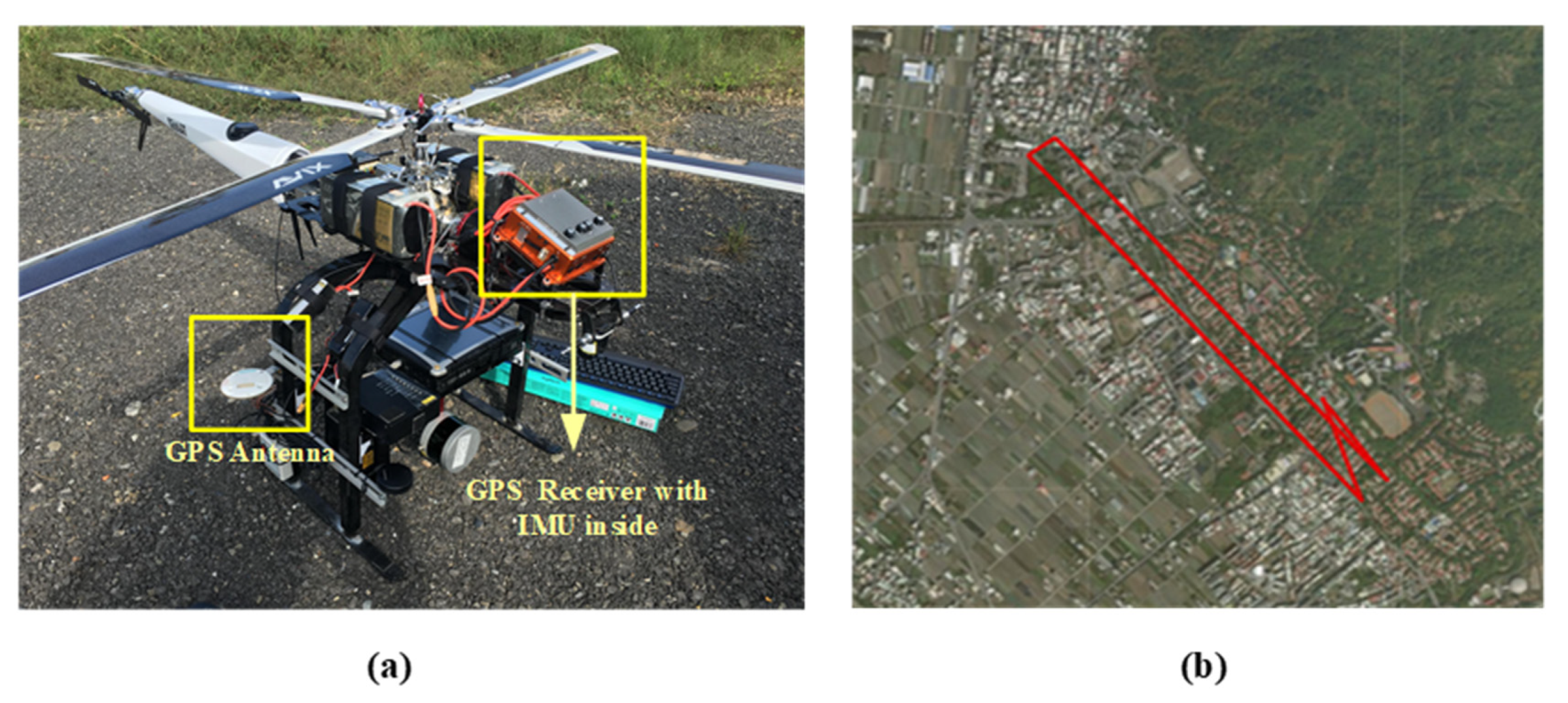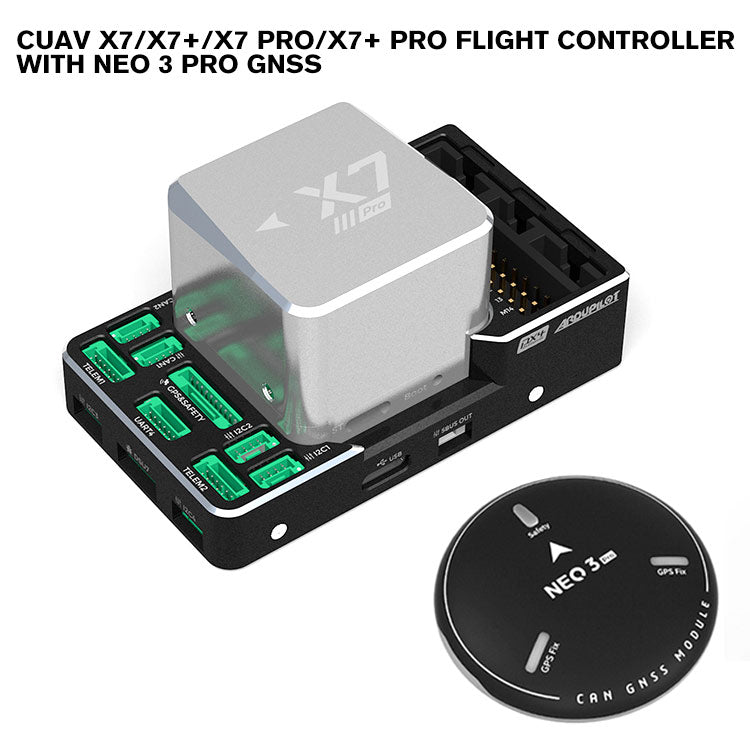Discovering the Function of Drone Trip Controllers in Enhancing Trip Security and Navigation Efficiency
The improvement of drone technology has actually substantially increased the value of trip controllers, which serve as the brain of these aerial lorries. By incorporating real-time data from a variety of sensing units, flight controllers improve trip security and navigating effectiveness, ensuring that drones can operate smoothly even in complicated settings.

Understanding Flight Controllers
Trip controllers are important parts in the performance of drones, acting as the brains that maintain and handle flight operations. These sophisticated devices procedure information from different sensing units, including accelerometers, gyroscopes, and GPS, to make certain that the drone preserves its intended trip course. The flight controller translates this data and carries out commands based on pre-defined algorithms, allowing the drone to respond to ecological modifications, such as wind or barriers.
The key function of a flight controller is to maintain security during trip. It accomplishes this by making real-time adjustments to the drone's electric motors and control surface areas, guaranteeing balance and control. In addition, modern-day flight controllers incorporate sophisticated functions such as waypoint navigating, permitting automated flight courses and enhanced operational efficiency.
Comprehending the style of flight controllers is important for both experts and hobbyists. They generally contain a microcontroller, firmware, and numerous interfaces for sensor input and communication. As innovation breakthroughs, trip controllers have come to be much more qualified and compact, incorporating expert system to adjust and enhance decision-making procedures to complicated flight scenarios. This development indicates a crucial growth in the drone industry, paving the means for more advanced applications and much safer operations.
Trick Elements of Flight Stability
Accomplishing optimal trip stability in drones counts on numerous vital parts that function in show to make sure smooth and controlled operations. Central to this security is the trip controller itself, which processes data from numerous sensing units to keep the preferred trip perspective. This consists of accelerometers and gyroscopes that measure motion and orientation, permitting real-time adjustments to the drone's placement.
An additional vital component is the electronic speed controllers (ESCs), which control the power provided to the motors. By finely adjusting motor speeds in response to trip controller commands, ESCs help maintain equilibrium and combat disturbances brought on by wind or sudden activities.
In addition, the design of the drone's structure plays a pivotal duty in trip stability. A well-structured framework reduces vibrations and enhances the total wind resistant account, adding to smoother trip characteristics. The assimilation of innovative formulas within the flight controller help in predictive adjustments, making certain a responsive and versatile trip experience.
Together, these parts create a cohesive system that improves a drone's security, enabling exact maneuvering and improved efficiency in numerous flight problems.
Navigation Performance Strategies
Effectiveness in navigating is crucial for enhancing drone operations, specifically in intricate environments. Efficient navigating techniques improve the capacity of drones to traverse tough terrains and stay clear of obstacles, therefore enhancing functional efficiency and safety and security.
One popular strategy is the application of innovative general practitioners and inertial dimension units (IMUs) that offer accurate place monitoring and alignment data. These innovations permit drones to compute optimum trip courses in real-time, considering various variables such as wind conditions and prospective barriers.
Another strategy involves using formulas for more information path planning and optimization. Formulas such as A * and Dijkstra's formula can be released to identify the most reliable route while reducing energy consumption and flight time. Integrating machine knowing designs can enable drones to adaptively learn from their environments, improving navigation abilities with experience.

Influence on Autonomous Drones
The assimilation of sophisticated navigation techniques has greatly changed the capacities of independent drones, enabling them to operate with better freedom and accuracy. SparkNavi drone flight controller and GNSS/INS made in taiwan. These enhancements are mostly associated to advanced flight controllers that make use of real-time information processing and sensing unit combination, permitting drones to browse complex environments perfectly
The impact on independent drones prolongs past simple navigating; it includes improved obstacle evasion, improved stability during vibrant conditions, and enhanced goal reliability. By leveraging formulas that integrate machine understanding and artificial knowledge, drones can adjust to altering situations, making informed choices that enhance their trip courses while minimizing threats.
Furthermore, the implementation of durable trip controllers has facilitated the implementation of complex jobs, such as airborne inspections, distribution services, and agricultural surveillance, with very little human treatment. This capability not just streamlines procedures yet likewise lowers human mistake, thereby boosting total safety.
Therefore, the operational extent of self-governing drones has actually expanded dramatically, making them essential tools in different industries. Their capability to perform effectively in diverse scenarios highlights the essential function that advanced flight controllers play in shaping the future of unmanned airborne systems.
Future Patterns in Trip Control
Regularly, advancements in flight control innovation are poised to redefine the landscape of drone operations in the coming years. Emerging patterns indicate a considerable change in the direction of enhanced expert system (AI) integration, making it possible for flight controllers to process real-time information more effectively. This development will facilitate improved decision-making abilities, allowing drones to adjust to vibrant ecological problems autonomously.
In addition, the execution of equipment learning formulas is anticipated to enhance anticipating maintenance, therefore reducing downtime and prolonging the lifecycle of drone components. This proactive approach to upkeep will certainly be important as drone applications increase throughout different industries, from agriculture to logistics.

.png)
Finally, innovations in protected communication protocols will address safety and regulatory concerns, ensuring that drones can operate effortlessly in overloaded airspaces (SparkNavi drone flight controller and GNSS/INS made in taiwan). Collectively, these trends point towards a future where flight control systems are not only smarter and more see this website effective but also qualified of running safely in an increasingly integrated airspace
Verdict
In conclusion, drone trip controllers are essential to boosting flight stability and navigating efficiency through the advanced handling of sensor information. By maintaining optimal flight attitudes and employing sophisticated algorithms for check out here course optimization and obstacle avoidance, these controllers considerably add to the freedom and operational safety of drones. As modern technology proceeds to evolve, additionally innovations in trip control systems are anticipated, guaranteeing improved performance and expanded capabilities in the world of unmanned airborne cars.
By integrating real-time information from a selection of sensing units, trip controllers boost trip stability and navigating performance, ensuring that drones can operate efficiently also in complicated environments.Trip controllers are important parts in the performance of drones, offering as the minds that stabilize and take care of trip procedures. In addition, modern trip controllers include sophisticated features such as waypoint navigating, enabling for automated flight courses and improved operational efficiency.
Central to this security is the trip controller itself, which refines information from numerous sensing units to maintain the desired flight mindset.In conclusion, drone flight controllers are integral to boosting trip stability and navigation efficiency via the innovative handling of sensor information.